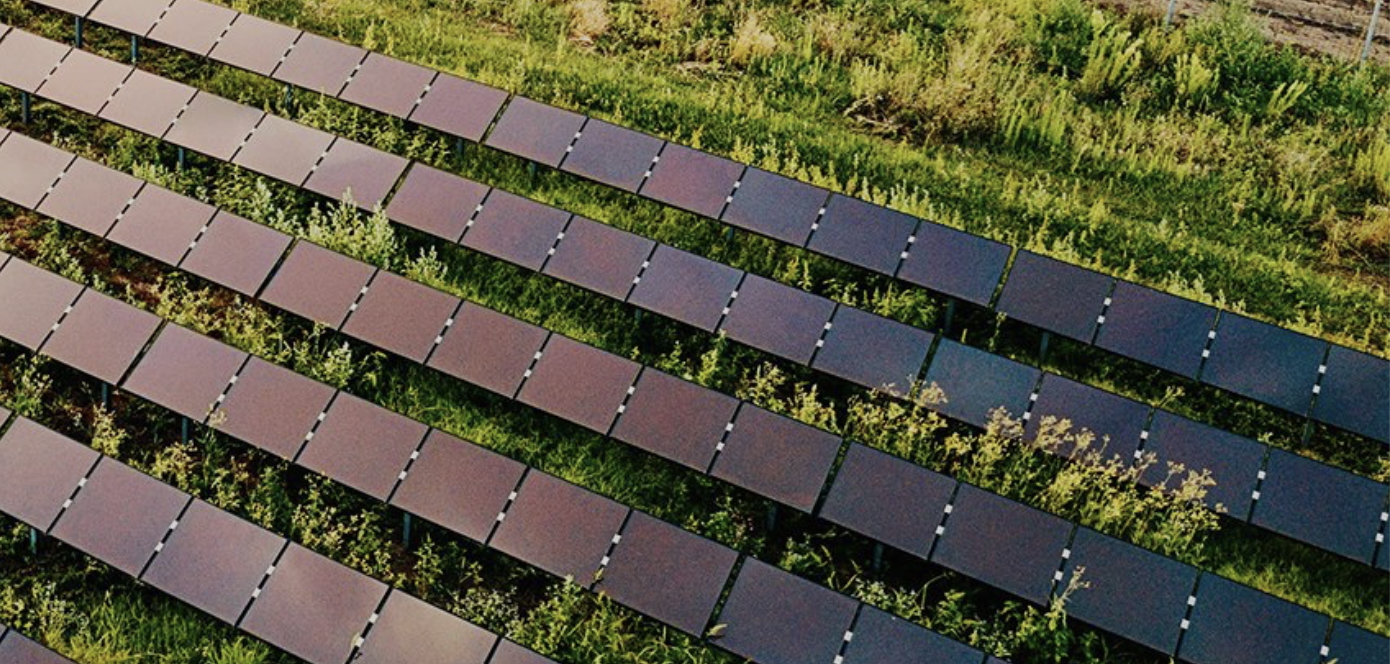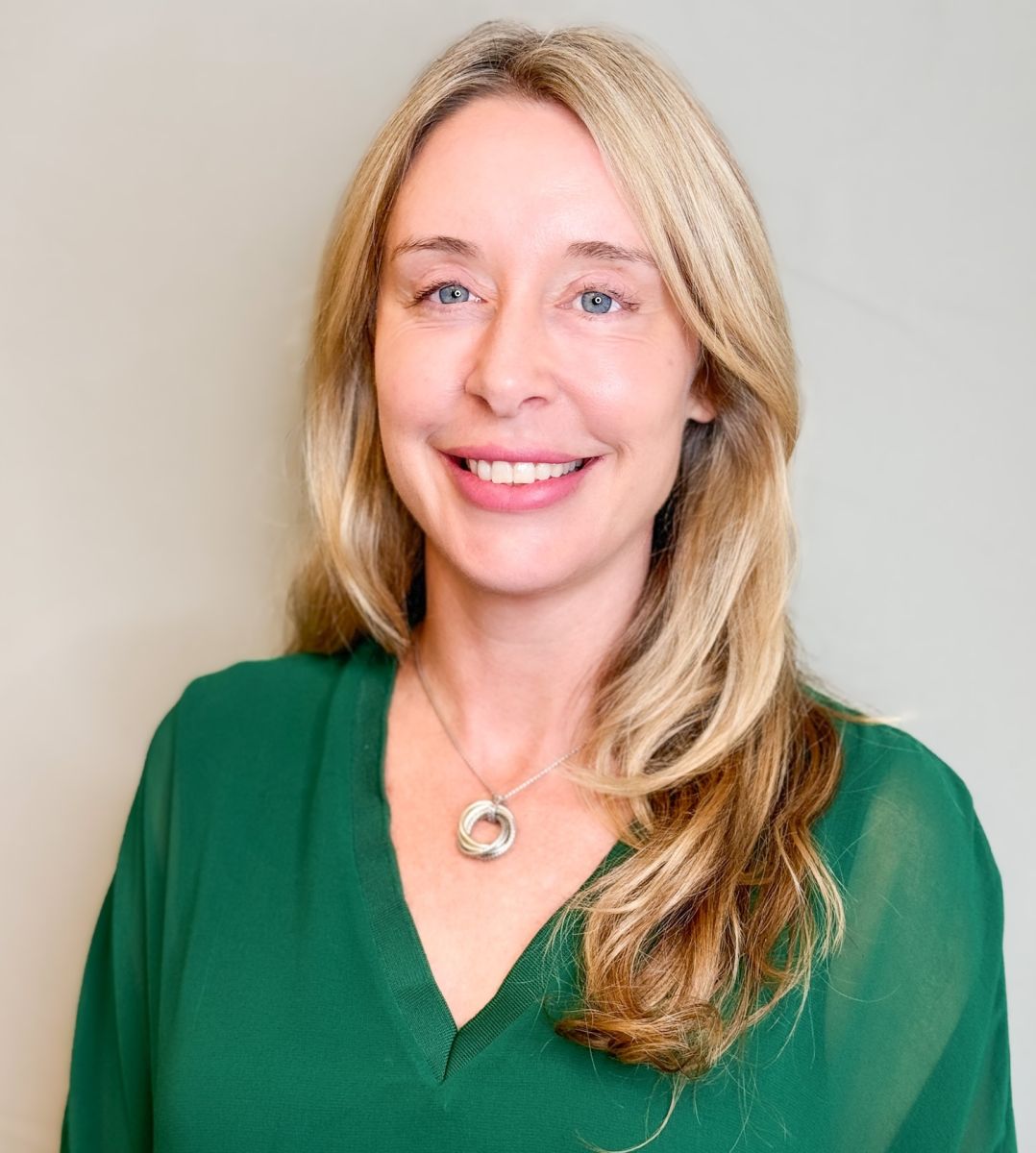Stay Frosty: For community solar developers, it’s time to keep your cool – and keep building
“Stay frosty.” Don’t worry — if you’ve never served in the military or don’t play certain video games, there’s no reason you would have heard this phrase. In the military, it’s slang for “stay alert and ready for action” — to stay cool, especially when facing a dangerous situation. It’s one of those phrases we use in my family all the time, and particularly usefuladvice for the solar industry as we face this perilous moment.
At this writing, the U.S. House of Representatives passed a budget bill that scales back key clean energy incentives, including the Investment Tax Credit (ITC). If this legislation is ultimately enacted by the Senate, developers would have just 60 days from bill signing to begin construction to qualify for the full credit. That’s a big deal in community solar, where it would dramatically shorten timelines and inject massive uncertainty in the marketplace.

If there’s ever been a time for community solar developers to stay frosty, this is it. I’ve been involved in community solar since the concept first emerged more than a decade ago, and I know from experience that community solar developers are some of the most creative and persistent people in the industry. We’re going to need all the ingenuity and persistence we can muster to sustain momentum in the face of such strong headwinds today. Here’s why it’s so important — and how to do it.
Community solar: still a bright spot in a bright industry
Electricity demand in the U.S. is rising fast, driven by AI, electrification, industrial reshoring, and extreme weather. Without new supply, energy prices will go through the roof. Brownouts and blackouts will become routine. Solar, especially distributed generation solar, is the fastest type of new generation to deploy in order to meet this demand. That’s why solar and storage made up 84 of all new generating capacity added to the U.S. grid last year.
Community solar is an especially flexible and scalable way to deliver new supply. Mid-sized projects (typically 1 to 5 MW) can be built quickly, often without the delays associated with slower utility-scale development. Often sited near load, community solar provides energy where it’s needed most.
These projects also deliver real local value: savings for subscribers, lease income for landowners, local jobs, and tax revenue for communities. And because they bring savings to renters, small businesses, and households without rooftop access, community solar expands clean energy access more equitably than almost any other model.
By generating power close to where it’s used, community solar significantly reduces line losses and cuts transmission usage. Studies have shown that local solar can cut peak transmission usage by more than 10 percent and that strategic siting of community solar improves grid efficiency and reliability. Community solar eases the strain on transmission and helps lower peak demand costs. That benefits everyone — not just subscribers.

The current climate: a time for urgency and ingenuity
The House bill brings urgency to the community solar world. The potential 60-day construction window forces developers to accelerate every stage of the project cycle — from permitting to procurement to financing — even if it’s not enacted. That also puts pressure on capital. For many companies, survival in this moment will depend on how quickly they can unlock and deploy resources.
For developers who own the land under an operating project, now is the time to put those real estate assets to better use. Selling the land or financing the lease provides immediate liquidity without disrupting the project or forfeiting long-term ownership of energy assets. It’s one of the most efficient ways to free up capital that has been used by DG developers across the country.
Community solar developers are experts at working within constraints — they always find a way forward. Today, that means knowing how to do more with less, structuring deals creatively, and continuing to deliver projects that serve communities. That flexibility is a strength now more than ever.
Move fast, unlock capital, push projects over the finish line
By the time you read this, the Senate may have intervened to improve the House bill through reconciliation. It may have stalled. Or it may have been approved with a few changes. Regardless of what happens, the mere existence of the House bill is time to remember the advice to ‘stay frosty’. Developers must, at minimum, plan to encounter more aggressive timeline requirements, more imposing regulatory hurdles, and greater liquidity pressure. Developers should be actively seeking ways to unlock the value of their operating assets, push projects across the finish line, and sustain the momentum of their business and the industry at large. Stay frosty — that’s a smart strategy, no matter the political environment.
 Laura Pagliarulo is the CEO of SolaREIT, which partners with developers and landowners to provide solutions that make it easy for them to realize the untapped value in their solar and battery storage land.
Laura Pagliarulo is the CEO of SolaREIT, which partners with developers and landowners to provide solutions that make it easy for them to realize the untapped value in their solar and battery storage land.
SolaREIT | www.solareit.com
Author: Laura Pagliarulo
Volume: 2025 July/August












